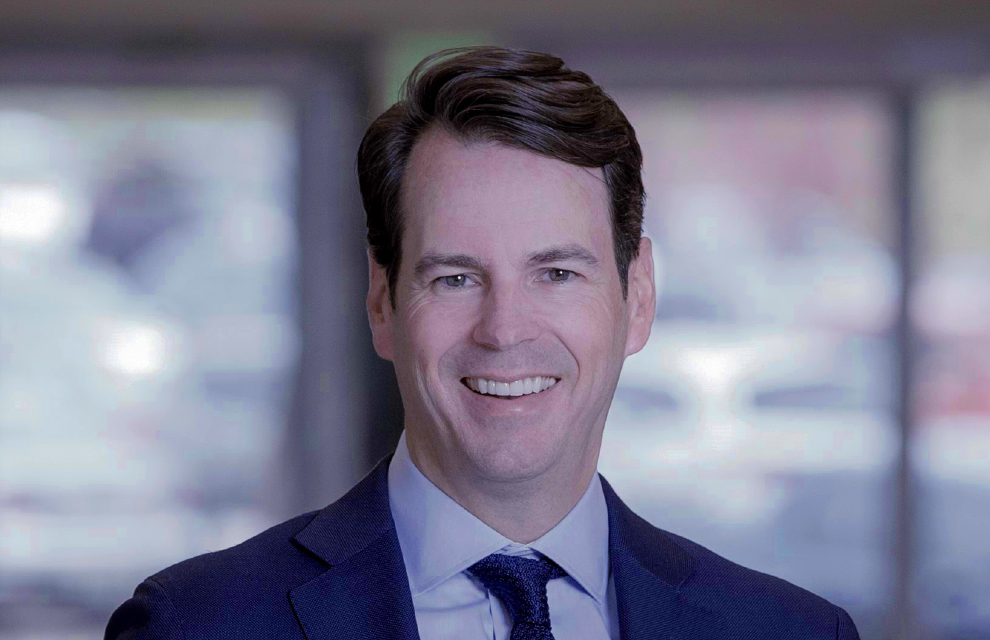As growth continues for the stop-loss industry and captives, BevCap Management’s John Kirke says the big opportunities are in the middle market employer space
What trends are you currently seeing with captives in the healthcare industry?
In the middle market, employers that are funding their healthcare are seeking far more transparency, stability and cost control that the standard market isn’t delivering for them in their programme. Inside of a well-run, highly risk and cost managed captive, we run those three foundational areas over the long term. For those buyers that get it, it’s a haven for them. We strive to educate employers about what we can do in those three opportunity areas.
What have you seen in terms of growth for medical stop-loss captives over the last 10 years?
I am very excited to see the growth in the stop-loss industry and captives. Employers are opening their minds to more solutions on the spectrum of funding health insurance investment in their people. What we’re seeing is a broader market of stop-loss insurance coming to the captive table and innovation in numerous cost containment solutions to complement the risk bearing entities and we welcome these solutions. However, it’s important that we execute on our strategies and not dilute our effectiveness focusing on every new innovation.
What are the big opportunities to be had right now for captives within the healthcare industry?
We believe the big opportunities are in the middle market employer space. We see high levels of frustration from this customer segment seeking new results from their health insurance spend away from standard market outcomes. We’re a big fan of homogenous industry group opportunities as these groups tend to share in other risk arrangements in their businesses and realise they can come together and achieve great performance in a healthcare captive.
How much of an effect has the pandemic had on the captive healthcare industry?
2020 was such a difficult year to be a benchmark for anything due to the outliers, but once everyone crawls out of the fog that was 2020 and begins to understand what just occurred, I believe customers will ask ‘what can I do to protect myself on a forward basis?’. This is the time to shine for captives. We have not really seen the impact yet on our industry until it has started moving into the 2021 year. We saw some spikes in our claims due to excessive claims with COVID patients which were incredible outliers that we haven’t seen before. Conversely, we also saw a suppression of demand for services for a lack of supply as some, typically costly, surgeries weren’t scheduled. There is pent up demand, but we need to see it realised in 2021 and that may or may not happen. This will depend on how quickly vaccines are rolled out and when ‘normality’ returns. There is also a large element in play that an individual seeking healthcare services wants to feel safe in the venue they are seeking care and services. There are a lot of market forces at play potentially creating a bumpy ride — and at the moment we’re dealing with some known unknowns (for exmaple, COVID patients) and unknown unknowns (for exmaple, COVID treatment volatility and healthcare services demand).
Do you think consumers will be better educated about coverage post-pandemic?
If there is one bright spot in the pandemic, it’s that the ability to access care in a different modality, specifically through technology and virtual settings was accelerated like no other time in our business. Previous to 2020, I think the take rate to telehealth services was in single digits and that accelerated dramatically because it had to. I am hoping to see that trend stick and continues because it allows greater access to care at a lower unit cost and a faster ability to provide the services needed.
What are the biggest challenges right now?
The US healthcare insurance industry remains at the mercy of an inefficient market of opaque healthcare prices and costs both in medical services and pharmaceutical drugs. The economics are confounding in many markets and we must constantly innovate to create value in the ecosystem.
How do you see the next few years playing out for the medical stop-loss captives? What will be the big talking points?
There’s nothing but strong growth ahead of us. Growth can be fun for many but also be a challenge for others as well because captives, as you know, can be seen from the outside as complex risk sharing arrangements. We must continue educating the employer and advisor markets about the strategies and results inside captives and our mutual success should be realised.





